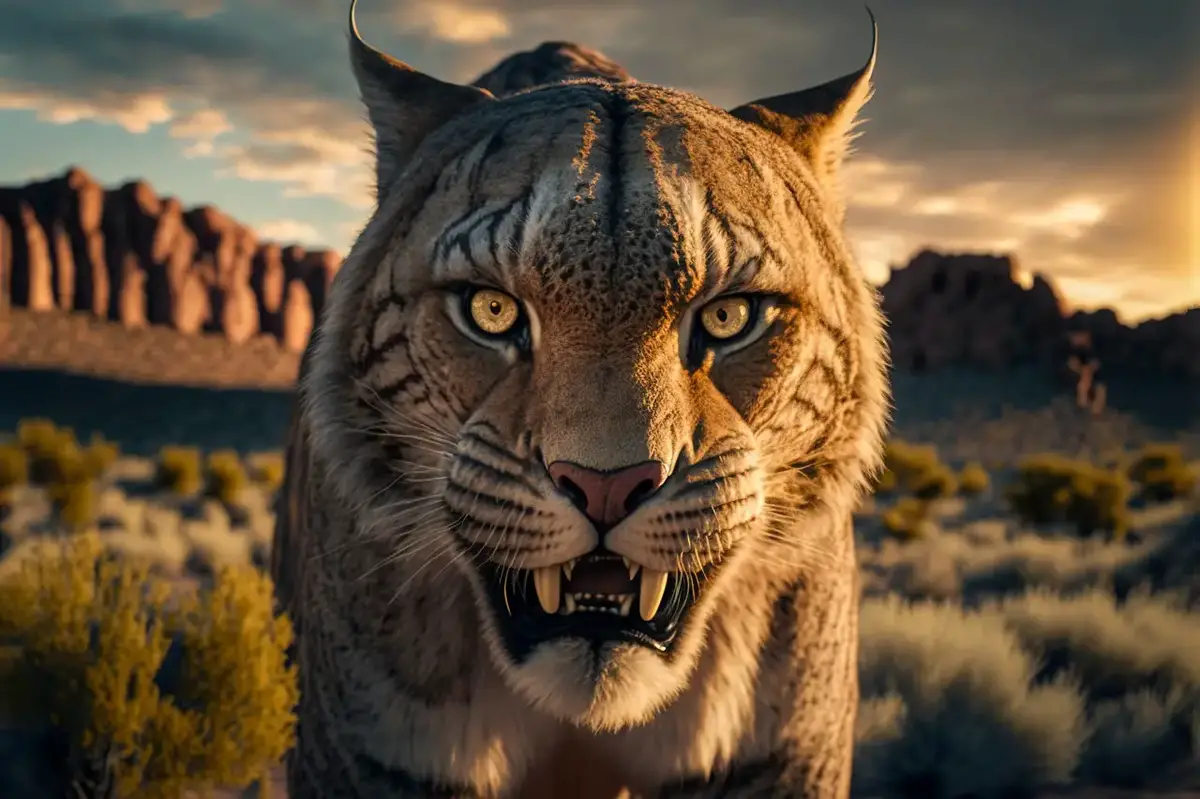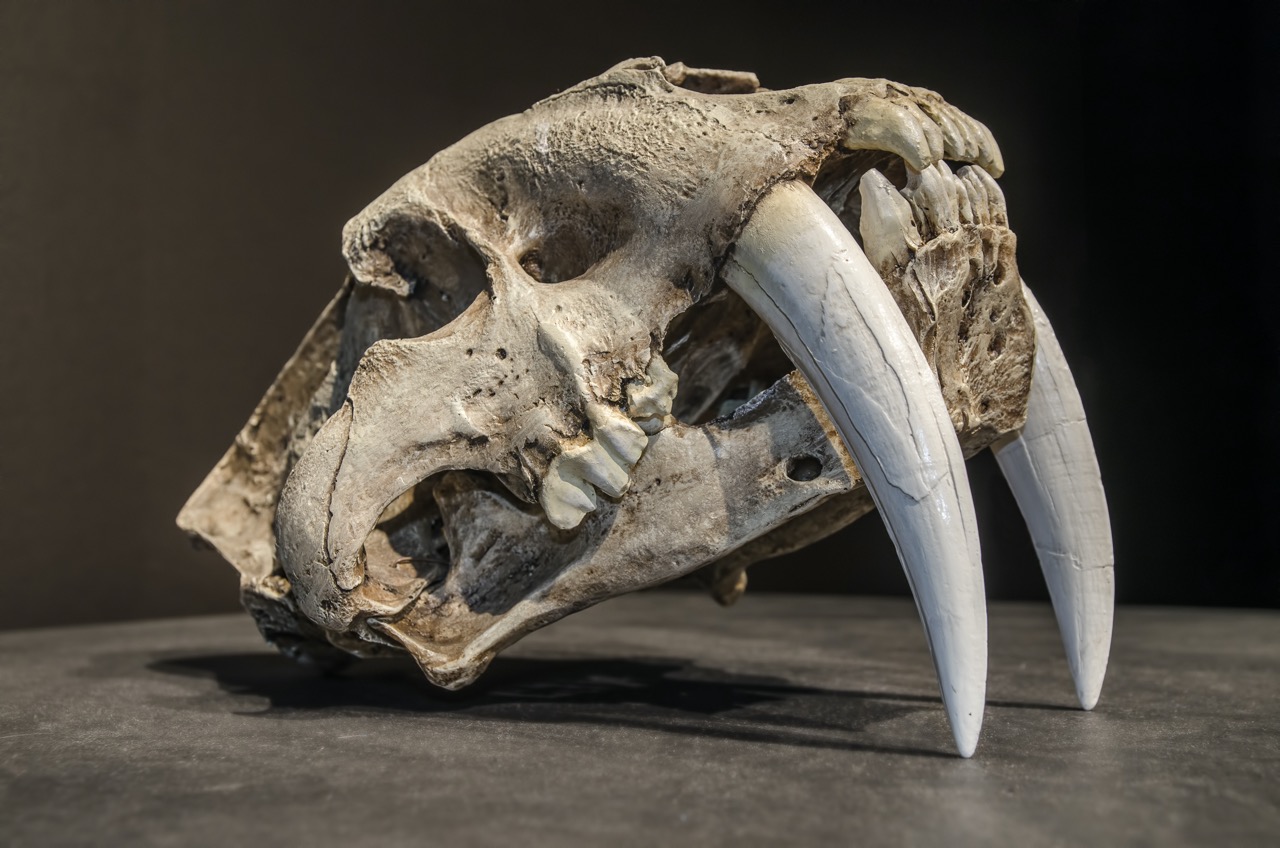
The final ice age was a time of outstanding coexistence, the place the Earth’s landscapes have been shared by primitive people, awe-inspiring predators like saber-toothed cats. Latest analysis has uncovered a bone-deep thriller which may maintain the important thing to understanding the demise of those magnificent creatures. A brand new examine has revealed a shocking connection between their extinction and a bone illness often called osteochondrosis dissecans, shedding gentle on how elements reminiscent of local weather change, human affect, and inbreeding might need performed a task of their destiny.
Osteochondrosis Dissecans: The Hidden Clues in Bones
A groundbreaking examine has unearthed intriguing proof pointing to a possible clarification for the extinction of saber-toothed cats. Researchers have meticulously examined the bones of those historical predators and found an elevated prevalence of a skeletal dysfunction referred to as osteochondrosis dissecans. This dysfunction manifests as bone defects that weaken the construction and stability of bones, finally affecting the animals’ mobility and talent to outlive of their difficult environments.
The examine’s findings revealed that the bone loss related to osteochondrosis dissecans had particular impacts on the saber-toothed cats. Saber-toothed cats exhibited bone defects primarily of their knees. These areas have been essential for his or her looking methods and territorial patrols, making the bone loss a possible game-changer of their survival dynamics.
Unraveling the Origins of Osteochondrosis Dissecans
The rise of osteochondrosis dissecans in these predators was seemingly influenced by a mixture of things. Local weather change over the last ice age led to inhabitants isolation, forcing these species into smaller gene swimming pools and doubtlessly selling inbreeding. This genetic bottleneck might need contributed to the heightened prevalence of this bone dysfunction. Moreover, the encroachment of primitive people into their territories and the ensuing environmental stress may have accelerated the decline of those predators already battling bone defects.
How Osteochondrosis Dissecans Impacts Survival and Extinction
The presence of osteochondrosis dissecans amongst saber-toothed cats might need performed a pivotal function of their eventual extinction. The bone defects related to this illness may have left them weak to the challenges posed by shifting climates, dwindling assets, and the rising presence of people. As predators on the prime of the meals chain, any weak point of their bodily capabilities would have extreme repercussions for his or her capability to hunt and compete of their ecosystems.
The coexistence of saber-toothed cats and primitive people over the last ice age was a marvel of nature’s tapestry. Nevertheless, the intricate threads that held this delicate stability collectively included elements that ultimately unraveled their shared destinies. The invention of elevated osteochondrosis dissecans prevalence in these predators’ bones sheds gentle on the complicated interaction between local weather change, inbreeding, human affect, and the vulnerability of species on the brink of extinction. As we replicate on this bone-deep glimpse into the previous, we acquire insights that resonate with the fragile ecological dance of our current and future.
Learn the total story:
The Extinction of Saber-Toothed Cats and Dire Wolves Might Have Been Written in Their Bones
A couple of tens of 1000’s of years in the past, the world would have seemed much more like a fantasy land. The panorama was coated over by wilderness, humanity not but having sequestered it to the fringes of our borders.




